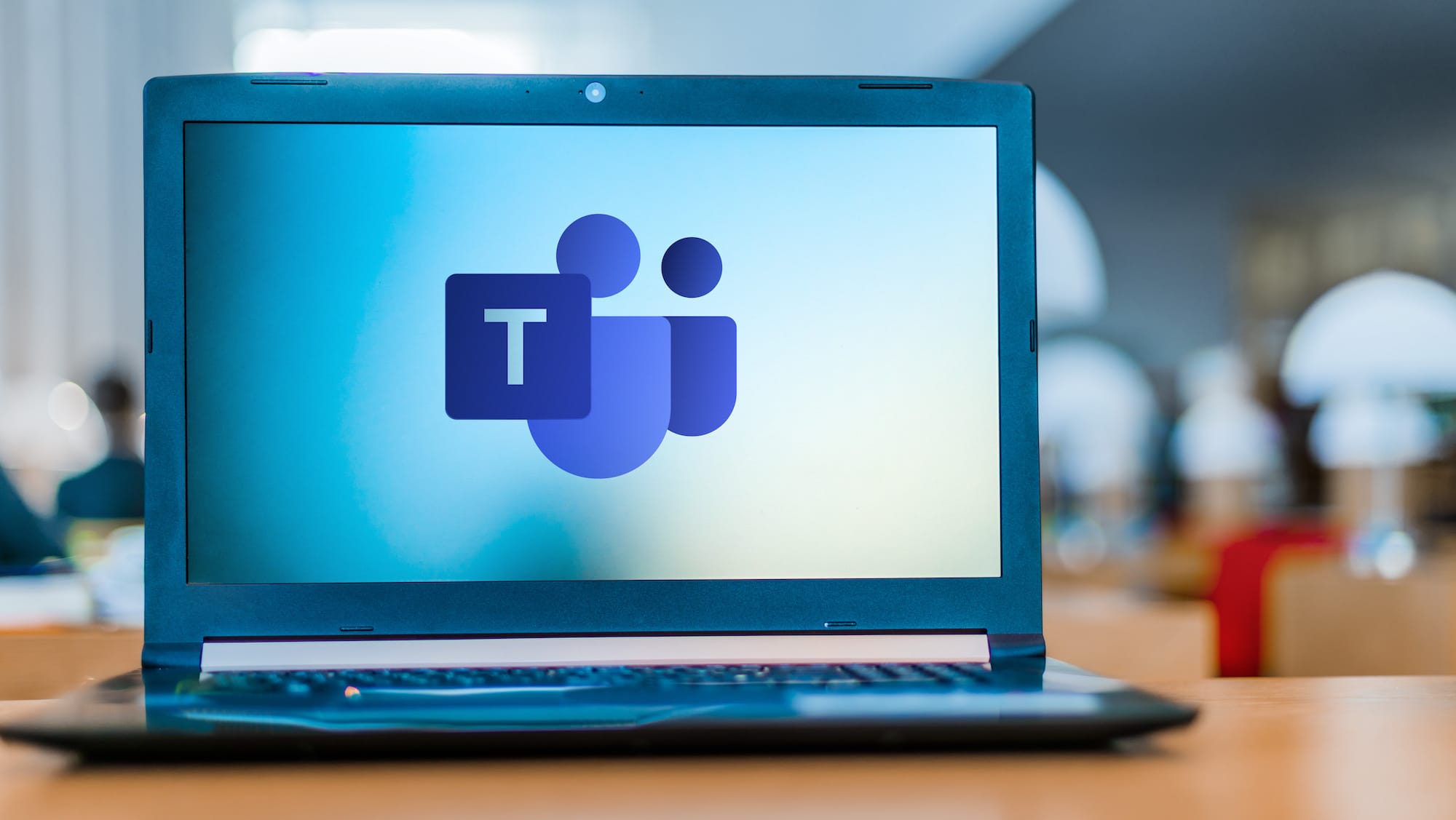Not so once upon a time, Microsoft Teams was seen as an internal chat application that Microsoft offered as a part of the Office 365 subscription. In 2018, Microsoft further released a free version of the app to lure small businesses into buying Office 365.
This freemium model might’ve improved Office 365 sales, but it was Teams that saw a massive surge in its user base with this move. By 2019, more than 13 million people started using Microsoft Teams on a daily basis, surpassing Slack that had 12 million daily active users (DAUs) during the same year.
As the world changed in 2020 due to the Coronavirus pandemic, everything stopped…then everything started again in a topsy-turvy world with new demands for completely remote workforces. A new way of working meant a new way of communicating. It was time for Microsoft Teams to step up to the challenge, accelerate innovation, and step into the COVID era.
Was Microsoft Winning the Teams vs. Slack War?
Despite the outstanding figures Microsoft released in July last year, Teams has had its fair share of issues and glitches over the years, which prevented user engagement in contrast to its rival, Slack.
Teams clashed with other collaboration tools offered by Microsoft. From confusing file structures and limited third-party apps integration to a non-optimal online meeting experience, the tool also lacked functionalities that would provide better utility to its users.
As Brian Elliot, VP & General Manager of Slack platform, pointed out in his blog post, “DAUs (Daily Active Users) are cited a lot. But what, really, is their significance? For us, the ‘U’ is what matters: use! Engagement is what makes Slack work—you can’t transform a workplace if people aren’t actually using the product.”
Slack’s paid users spent nine hours per working day actively using the platform. On the contrary, Microsoft refrained from mentioning user engagement details in its tally of 13 million DAUs in July. It’s very likely that Microsoft’s figures were inflated as any Office 365 subscriber would automatically be counted as a Teams user, whether engaged with the app or not.
Then, a pandemic came along that changed everything.
How COVID Became the Game-Changer for MS Teams
Microsoft Teams and Slack were already at each other’s throats when COVID happened. The world suddenly flipped a switch to remote work lifestyles and Microsoft didn’t fail to capitalize on this opportunity.
After almost three years since Teams was released, and a day after its rival Slack announced a redesign, Microsoft began rolling out powerful features for its unified communication and collaboration app. The platform’s usage skyrocketed as employees across the globe adjusted to working from home.
“We have seen an unprecedented spike in Teams usage and now have more than 44 million daily users, a figure that has grown by 12 million in just the last seven days. And those users have generated over 900 million meeting and calling minutes on Teams each day this week.”
Microsoft revealed that as of April Teams had more than 75 million daily active users. Microsoft CEO Satya Nadella pointed out that the company is accelerating Teams’ innovation by adding new capabilities each week to make the app easier for the remote workforce to use and collaborate.
So, what’s new in Teams? While several existing features extend Teams’ usability, let’s check out some of the newer functionalities that help employees communicate and collaborate effectively during this extraordinary time.
MS Teams Enhancements Fueled by a Remote Landscape
Enterprise Enhancements
Power BI Integrations
Commercial cloud customers enjoy access to Power BI from Teams with this integration. You’ll find and view data, collaborate with colleagues to share insights, and promote a data-driven culture for decision-making. With the new Teams Search and Teams Chat experience, users are able to find, open, and share Power BI content quickly.
Microsoft is also planning to release a new Dataset Discovery experience, which will allow users to find data to generate reports and Excel workbooks.
Low-Code Apps for Teams
Teams can now create low-code apps and chatbots, as well as automate business processes, with built-in Power Platform capabilities. Users further share their apps with teams or publish them to the Teams App Store.
Microsoft is offering these capabilities at no additional cost for Teams users, helping support organizations further adapt to the remote work environment.
Enterprise Communication
Microsoft introduced Business Voice in the U.S. for small and mid-size businesses. This feature turns Teams into a complete phone system, allowing users to make phone calls from anywhere, on any device.
Business Voice combines essential cloud-based telephony components into a single package for $20 per user per month. With this add-on, Teams becomes an all-in-one communication solution for chat, calling, meetings, and collaboration.
Collaboration Enhancements
Ease of Use
Microsoft is regularly adding features to enhance the usability of Teams. The recently added real-time noise suppression feature minimizes distracting background noise so that participants can clearly hear what’s being said. Meetings in Teams now has a raise hand feature that lets remote participants send a visual signal if they want to chime in during a large meeting.
Teams allows users to pop out charts into a separate window to streamline their workflow and move easily between conversations. Microsoft is now providing offline and low-bandwidth support for Teams so users can read messages and write responses even without an internet connection.
New Apps
Teams also introduced the Bookings app that lets businesses quickly and easily schedule, manage, and conduct virtual appointments. This feature is useful across various scenarios, including booking appointments for healthcare patient visits, client meetings, or job interviews.
The latest feature to come to Microsoft Teams is the Tasks app that will replace the existing Planner app. This new app will allow users to organize everything in one place as well as schedule and assign tasks to team members quickly.
Microsoft Teams Sets the Stage for Post-COVID Workforces
While countries begin to lift Coronavirus restrictions, it’s likely that the new realities of post-pandemic society will not remain the same. Globally, enterprises are already adjusting to this new way of working with different restrictions.
Some enterprises are planning permanent work-from-home for selected departments. Others are implementing A days and B days strategies where some team members work in office premises while others operate remotely.
These actions clearly indicate that the new normal isn’t going to go anytime soon. And people will need effective communication and collaboration tools to stay productive when working remotely.
Microsoft believes this pandemic will change things forever. Microsoft is taking all the steps to keep its Teams app relevant, secure, and easy to use so people stay productive and connected even when they work apart.




